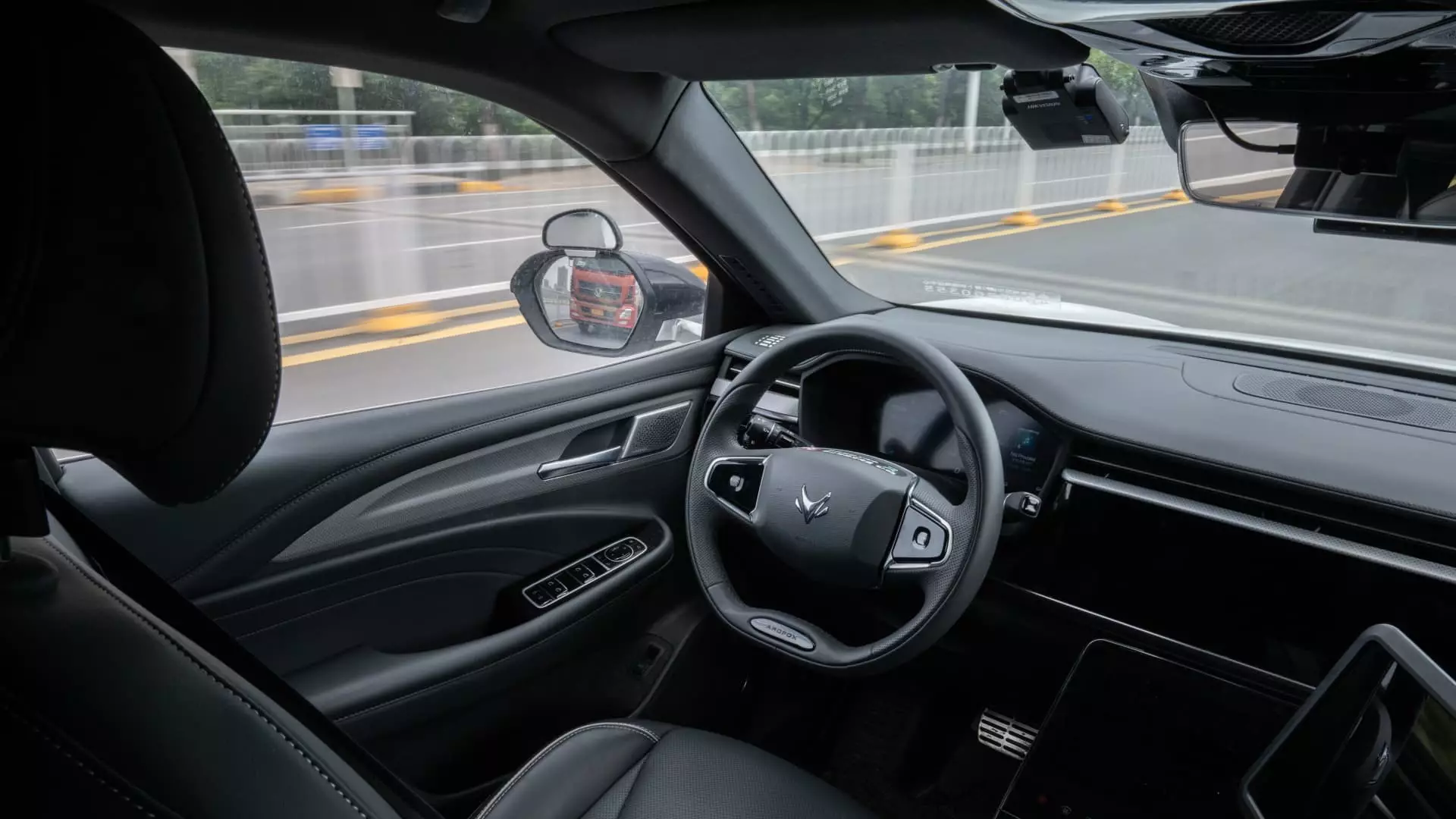China’s advancements in the field of autonomous driving have been making headlines lately, especially with the increasing popularity of robotaxis among consumers. However, this technological advancement is causing concern among traditional taxi drivers who fear losing their jobs due to the rise in competition.
The trend of robotaxis in China is gaining momentum, with local governments in major cities like Beijing and Guangzhou allowing domestic companies to operate driverless taxis for the public. This week, the buzz around robotaxis in China reached social media platforms, with videos of fully autonomous taxi experiences becoming a popular topic on platforms like Douyin and Weibo.
Baidu’s robotaxi unit, Apollo Go, has been at the forefront of the robotaxi revolution in China. The company has reported rapid user adoption in Wuhan city, where it began operating fully driverless vehicles in certain districts 24/7 since March. With plans to increase its fleet to 1,000 vehicles by the end of the year, Baidu’s Apollo Go is set to become one of the largest robotaxi operators in China.
Public Reaction and Industry Concerns
The increased attention on robotaxis in China has sparked debates on social media, with some users expressing concerns about the impact of driverless ride-hailing cars on traditional taxi drivers’ livelihoods. A document circulating on social media in late June revealed a taxi company in Wuhan seeking reduced taxes and more restrictions on Apollo Go robotaxis due to falling income.
China’s taxi market has seen rapid growth in recent years, with over 7 million registered ride-hailing drivers as of May 2022. However, this growth has also led to some local governments imposing restrictions on the industry to prevent oversaturation. Cities like Guyuan and Guiyang have suspended online ride-hailing businesses and new ride-hailing licenses to manage the increasing number of drivers and companies.
As China continues to promote cloud-connected cars and autonomous driving technology, the future of robotaxis looks promising. Major cities like Beijing, Shanghai, and Chongqing have already allowed robotaxi operators to test cars in suburban areas, indicating a nationwide rollout in the future. However, challenges such as regulatory issues, competition, and public acceptance of driverless technology remain hurdles for the industry to overcome.
The rise of robotaxis in China represents a significant technological advancement with the potential to revolutionize the transportation industry. While the adoption of autonomous driving technology is promising, it also raises concerns about the impact on traditional taxi drivers and the need for robust regulations to ensure fair competition and safety for all stakeholders.

